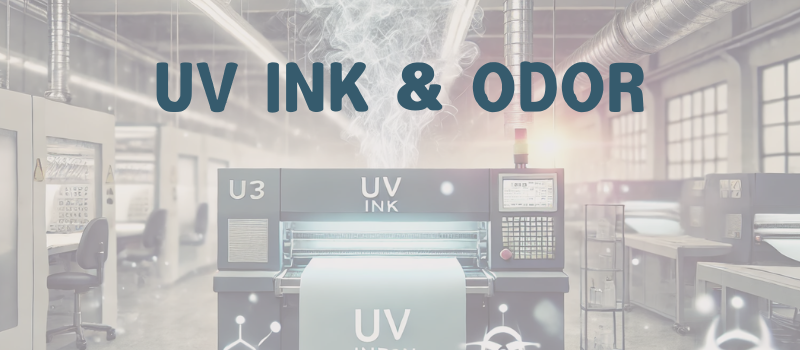

UV ink, or ultraviolet-curable ink, is designed to quickly cure or dry when exposed to UV light. Unlike traditional inks that dry by evaporation, UV ink hardens instantly under UV exposure, creating durable, high-quality prints with minimal smudging or bleeding. Because of its resilience, UV ink is widely used across various industries for printing on substrates such as plastic, metal, glass, and leather. UV inks are also favored for their high opacity, vibrant color, and environmental advantages, as they emit fewer volatile organic compounds (VOCs) compared to solvent-based inks.
The unique properties of UV ink stem from its chemical composition. UV inks contain several primary components: ·Monomers and Oligomers: These form the base of the ink and contribute to its viscosity and curing characteristics. ·Photoinitiators: Crucial for the curing process, photoinitiators absorb UV light and initiate the chemical reaction needed to harden the ink. ·Pigments: Provide color to the ink. Pigments in UV inks are suspended in the liquid formulation and remain stable even under the intense UV curing process. ·Additives: Enhance specific properties, such as adhesion, flexibility, and resistance to heat and chemicals. Each component is designed to optimize print quality, but certain ingredients, particularly photoinitiators and additives, can produce a distinct odor when activated by UV light.
Photoinitiators are essential in UV inks, as they react to UV light to initiate the curing process. However, some photoinitiators can emit noticeable odors when exposed to UV light. The intensity and nature of these odors vary based on the specific photoinitiators used. For instance, when photoinitiators break down, they may release by-products such as aldehydes and other organic compounds that can produce an unpleasant smell, particularly in enclosed spaces.
Although UV inks are formulated to cure completely, trace amounts of residual solvents or additives may remain on the printed surface. These compounds can slowly release odors over time, which may affect indoor air quality, particularly in tightly controlled environments such as packaging facilities or clean rooms. Residual solvents, while minimized in UV formulations, can sometimes include substances that evaporate at room temperature, contributing to lingering odors.
To address odor concerns, chromoink have developed low-odor or odorless UV inks. These formulations use advanced photoinitiators with lower volatility and fewer odorous by-products. Some formulations reduce or eliminate certain types of solvents and additives that contribute to post-curing odor, making them ideal for indoor applications, food packaging, and other sensitive environments where odor is a significant concern. Low-odor UV inks also offer benefits for production staff, reducing exposure to potentially irritating smells and enhancing workplace comfort.
Effective ventilation systems are essential for maintaining air quality in printing facilities, especially where high volumes of UV ink are in use. Ventilation helps dissipate any odors produced during the curing process and improves overall air circulation. Facilities with robust ventilation systems can mitigate the impact of odor on staff and ensure a more comfortable working environment. Additionally, localized exhaust systems near printing equipment can capture fumes at the source, preventing the buildup of potentially harmful emissions.
UV ink’s durability makes it a preferred choice for applications that demand long-lasting prints, such as outdoor signage, product labels, and packaging that must withstand harsh conditions. UV-cured prints are resistant to water, chemicals, and fading from UV exposure, making them ideal for both indoor and outdoor applications. Industries ranging from automotive to consumer goods rely on UV inks for their resilience and versatility, which helps reduce maintenance costs and extend product life.
One of the standout advantages of UV ink is its rapid curing time. As UV inks cure instantaneously under UV light, the process reduces production bottlenecks, allowing for high-speed printing and faster turnaround times. This efficiency translates to cost savings on the production floor, as fewer resources are needed for drying or curing. Moreover, the immediate curing process minimizes the risk of smudging or ink transfer, enhancing product quality and reducing waste.